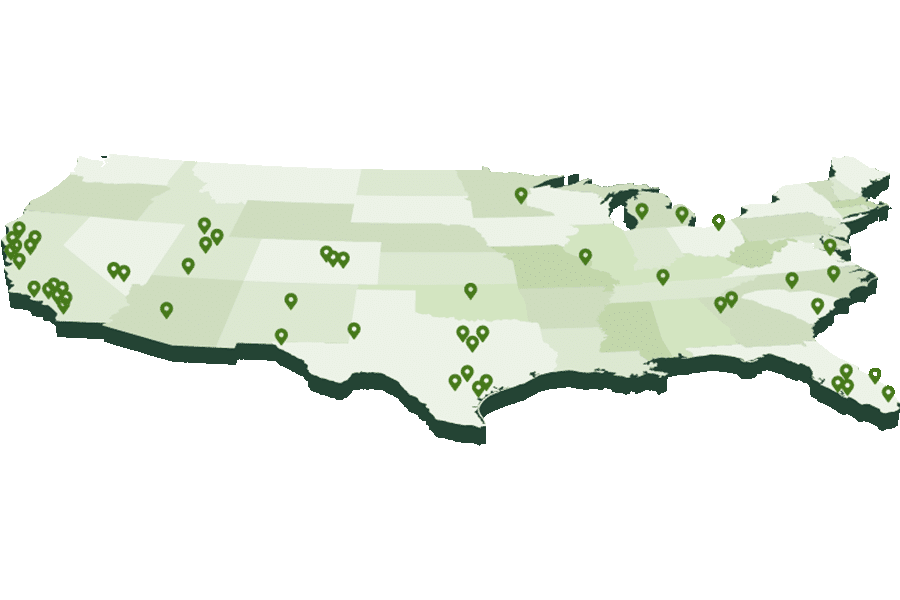Sports

For many of us, our first – or only – exposure to artificial grass came by way of a sports field. There are thousands of artificial grass sports fields these days, many of which use Purchase Green artificial grass. Today’s synthetic sports fields are a far cry from the weirdly neon, short-fiber fake grass fields of yesteryear. Modern artificial grass fields generally fall into one of two categories – thatched or non-thatched grass.
Thatched Grass vs. Non-Thatched
Sports fields historically have been constructed using a tall fiber (50mm to 60mm / 2” to 2.4” tall) with a composite infill typically consisting of 30% sand, 70% rubber by volume. The exact amount of infill will be a function of the exact pile height and the density of the artificial grass. As an example, a 60mm, 40 oz. artificial grass will typically use 10 to 12 lb. per square foot of infill. Most folks that may inquire about a field do not realize how much infill is used and are not aware that there are newer, better systems that may be more ideal for certain sports applications.
People will call and ask for a quote on a traditional sports grass because they see the price on the website and assume it is the least expensive option for their situation. What they often don’t realize is that once you factor in the cost of the infill, a traditional sports field system is quite expensive.
Purchase Green carries thatched grass, such as our Vista Sport/Pet and our Southwestern Sod Sport, that are terrific grass for sport fields and require far less infill.
We also carry non-thatched, FIFA-certified grasses.
Regardless of which you choose, be sure to learn about the different installation methods for sports fields. There are several ways you can go – so it’s important to determine which is the right method for your application.
Impact Attenuation
Another factor to consider is the required/desired impact attenuation that is either achieved through the installation of crumb rubber infill or a shock pad. Here are a few sample systems for a traditional, outdoor field:
Example 1
(Traditional American Football System)
FIFA 2 Star – PG Diamond 60mm, 40 oz. turf
Sand Infill – 5 lb. per square foot
Crumb Rubber Infill – 7 lb. per square foot
Example 2
(Purchase Green’s recommended system for the same type of application)
Southwestern Sod Sport or Vista Sport/Pet
Sand Infill – 5 – 6 lbs. per square foot of sand/MellowFill mixture
16mm Shock pad
Example 3
(*If you cannot use a non-crumb rubber option*)
FIFA 1 Star – Thiolon – 40mm, 33 oz. Sports Turf
Sand Infill – 2.5 lb. per square foot
Crumb Rubber Infill – 2.5 lb. per square foot
16mm Shock pad
THIS IS A FIFA CERTIFIED SYSTEM
Example 4
(Purchase Green’s OPTIONAL system for an indoor soccer arena)
Vista Sport/Pet – 30mm, 50 oz. turf
Sand Infill – 2 lb. per square foot
8mm Shock pad
So why is example 2 a better system?
1. Initial Cost savings
2. Labor savings (you only have to install 5 lbs. per square foot of infill vs. 12 lbs. per square foot of infill)
3. The impact attenuation you achieve with a shock pad and the use of MellowFill is better than that achieved with an all rubber setup. Crumb rubber provides more point deformation/attenuation – resulting in a higher risk of ankle injuries. The shock pad and crumb rubber solution provides both area deformation / attenuation (from the shock pad) as well as point deformation/attenuation (from the infill.)
4. Replacement cost is substantially less. First, there is less infill to extract and reinstall – also better on the landfill. Additionally, a sports field is typically replaced every 8 to 10 years but the shock pad has a 25 to 30-year useful life so it will last through three field life cycles – making the cost savings on the second and third field even more significant.
Indoor Sports Arenas & Agility Training Areas
In this application you want to minimize the amount of infill – which is the reason products such as the Southwestern Sod Sport and Vista Sport/Pet were specifically developed. The problem with traditional sports turfs (and the corresponding heavy amounts of infill) installed in indoor applications is that they are messy (crumb rubber all over the place) AND they are difficult to move (in the event the facility owner ever wants to move into a new location, etc.) These indoor sports grasses are short (30mm vs. 50 to 60mm) but much denser (usually twice the number of stitches) – this construction style results in a very durable, wear-resistant artificial grass product. They require little to no infill – usually 1 to 2 lb. per square foot depending on the desired impact attenuation. And depending upon the owner’s budget and the amount of desired impact attenuation, they may also choose to use an 8mm or 16mm shock pad.



